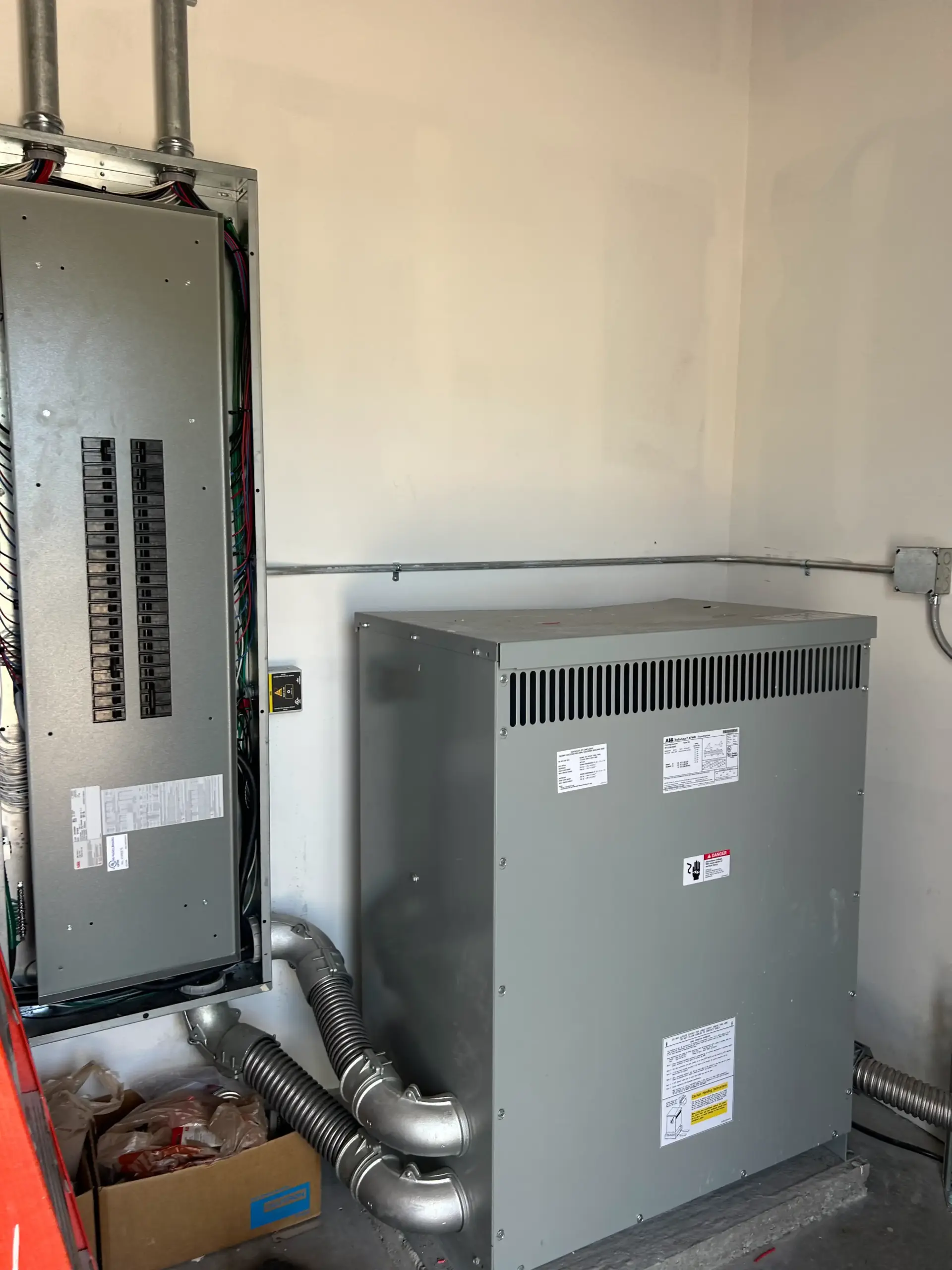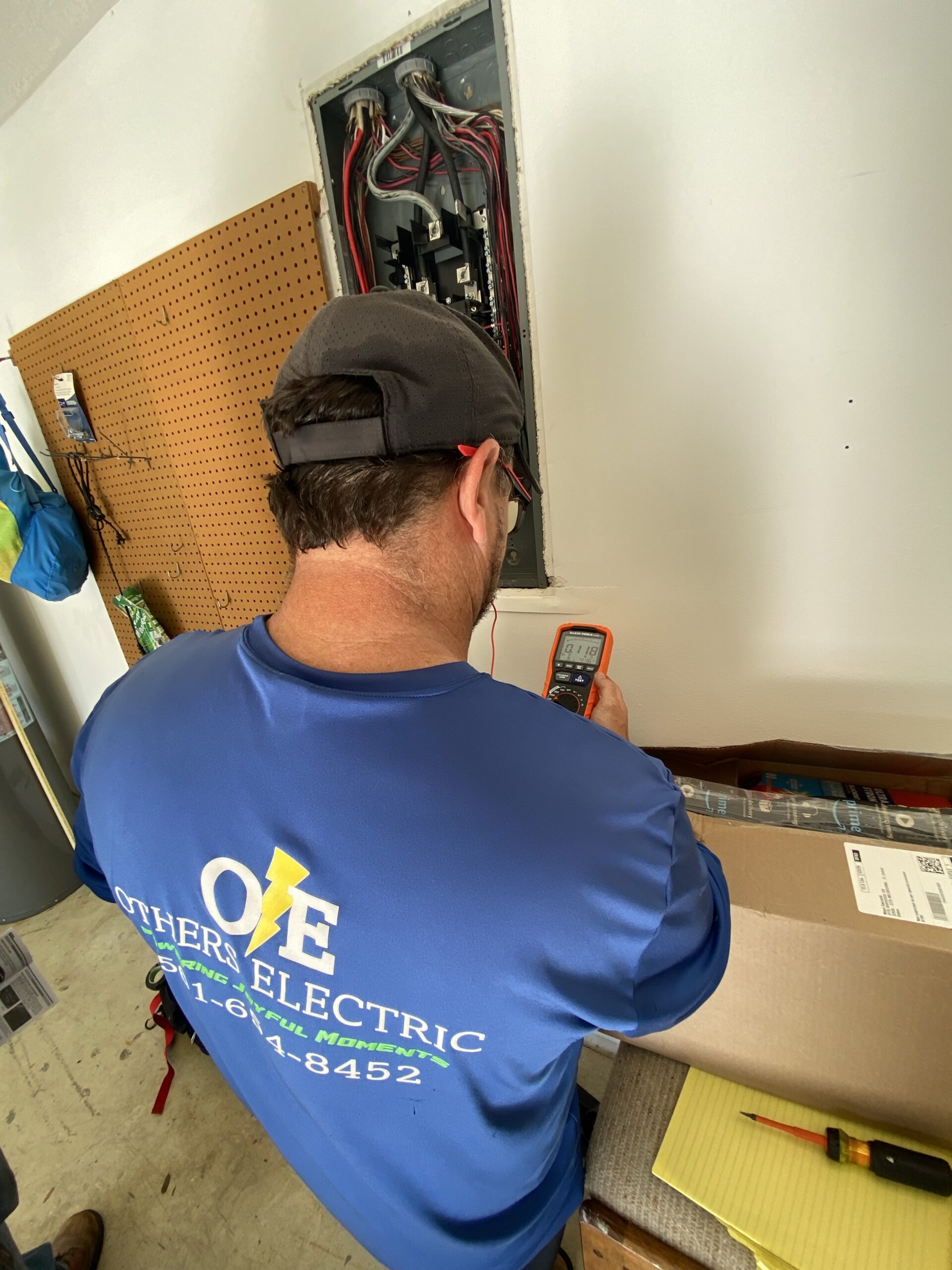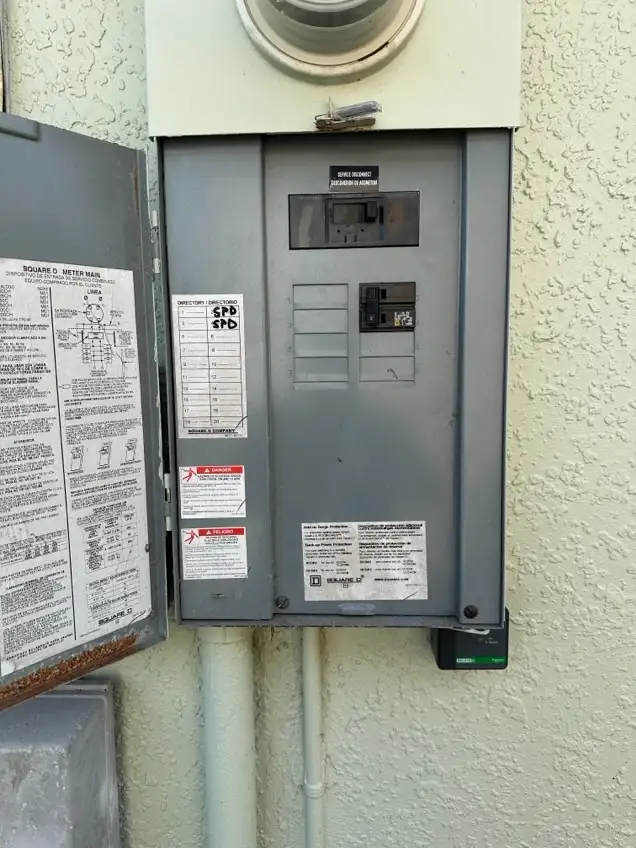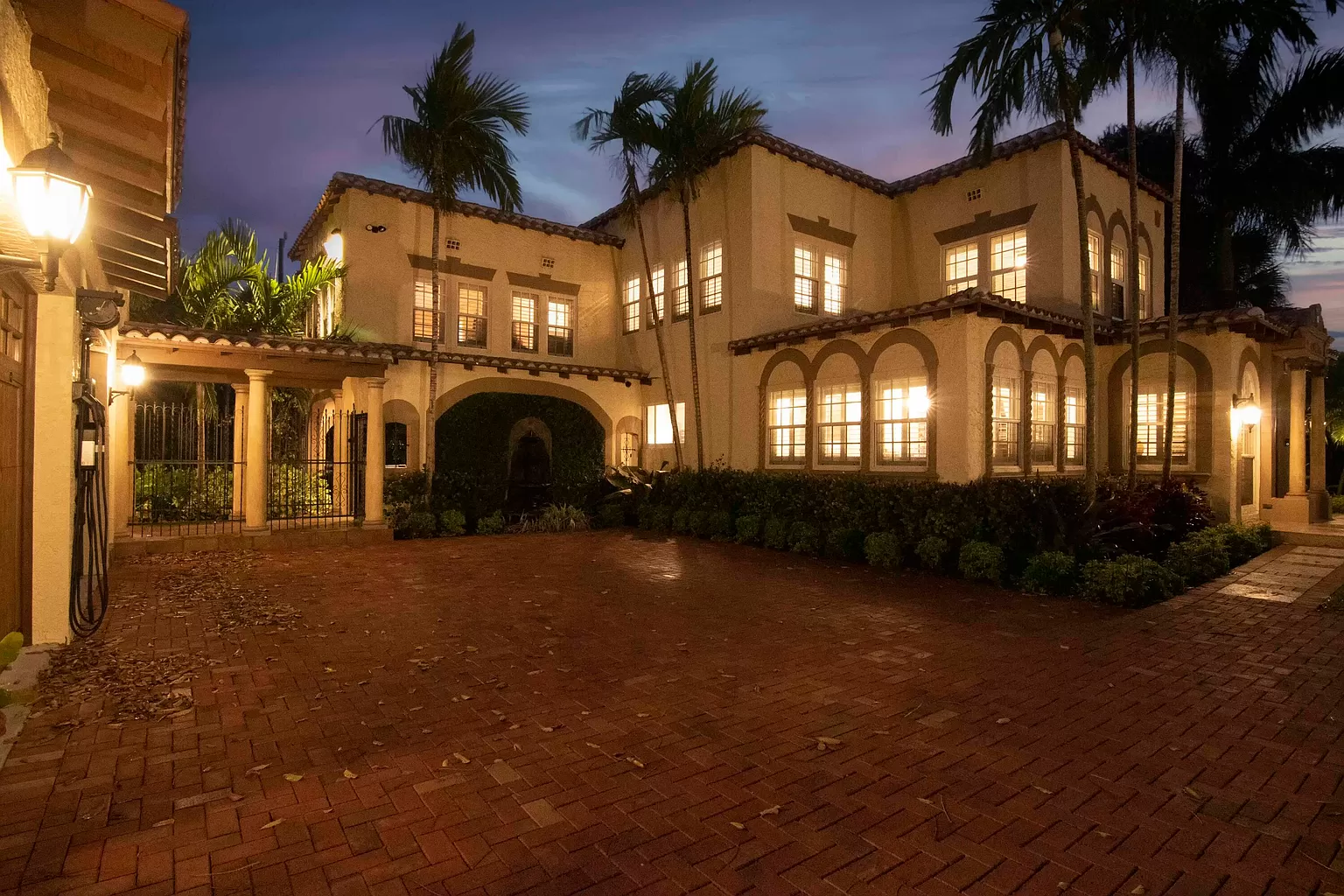Outdoor spaces can be transformed with the right lighting plan. Whether it’s for a cozy backyard, a welcoming front entrance, or a sprawling garden, landscape lighting enhances beauty, improves security, and extends usability well into the night. But to achieve the perfect balance between functionality and aesthetics, you need to understand how to design landscape lighting with intention and clarity. It involves more than simply placing fixtures around the yard; it’s a thoughtful process that requires planning, knowledge of lighting types, and coordination with existing outdoor elements.
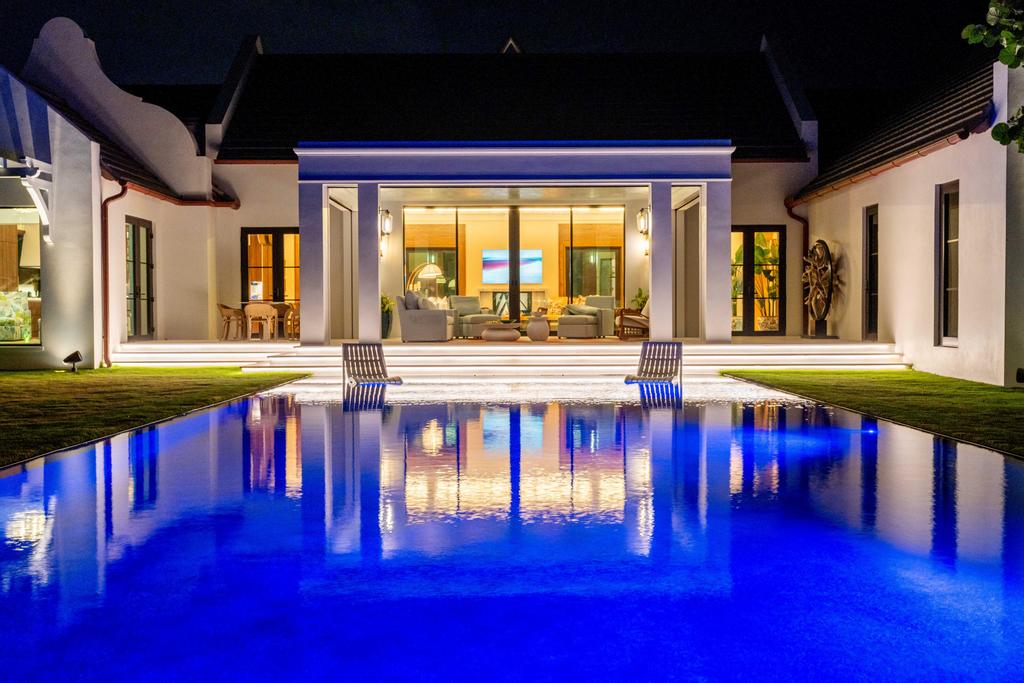
Understanding the Purpose of Landscape Lighting
Before selecting fixtures or determining placement, it’s essential to identify the purpose of your outdoor lighting. Are you illuminating pathways for safety? Highlighting architectural features for curb appeal? Creating an ambient mood for entertaining? Each goal calls for a specific type of lighting technique, and a good design will often integrate multiple types of light to serve different functions.
A successful lighting design takes into account both practical and decorative needs. Security lighting near entryways and motion sensors around the perimeter provide safety and deterrence. Path lighting ensures safe navigation, while uplighting trees or sculptures adds visual drama. By starting with a clear understanding of your goals, you can ensure that the design is both beautiful and purposeful.

Mapping Out the Lighting Zones
One of the most strategic ways to approach how to design landscape lighting is by dividing the property into lighting zones. These zones can include front yard, backyard, garden beds, pathways, patios, and architectural features like columns or retaining walls. Mapping zones helps with layout, wiring efficiency, and even future maintenance.
Sketching out the property—either by hand or using a digital tool—can help you visualize where lights will be placed and how light will flow throughout the space. It also helps you calculate the distance from power sources and plan for voltage drop if you’re using low-voltage systems.

Choosing the Right Fixtures and Bulbs
Each fixture type serves a different purpose. Spotlights are ideal for highlighting specific features like trees or statues. Path lights offer gentle guidance along walkways and driveways. Floodlights are used for broader coverage and can be essential for security. Step lights enhance safety on stairs or elevation changes, while string or bistro lights are great for creating ambiance over patios and decks.
Bulb selection is just as important. Warm white LEDs (around 2700K) are generally preferred for residential applications, as they offer a cozy, inviting glow. Cooler whites can be used for modern, high-contrast effects or areas where higher visibility is needed. LEDs are the preferred choice overall due to their energy efficiency and longevity.
Layering and Directional Control
Layering your lighting involves combining multiple light sources at different intensities and angles. This technique prevents the yard from looking flat or overly bright in one area and dark in another. Instead, you create depth and interest through contrasts of light and shadow.
Directional lighting plays a crucial role in this effect. Uplighting trees, for example, emphasizes height and structure, while downlighting from branches or eaves creates a moonlight-like effect. Backlighting can highlight textures like stone walls or foliage, adding a sense of intrigue without direct glare.
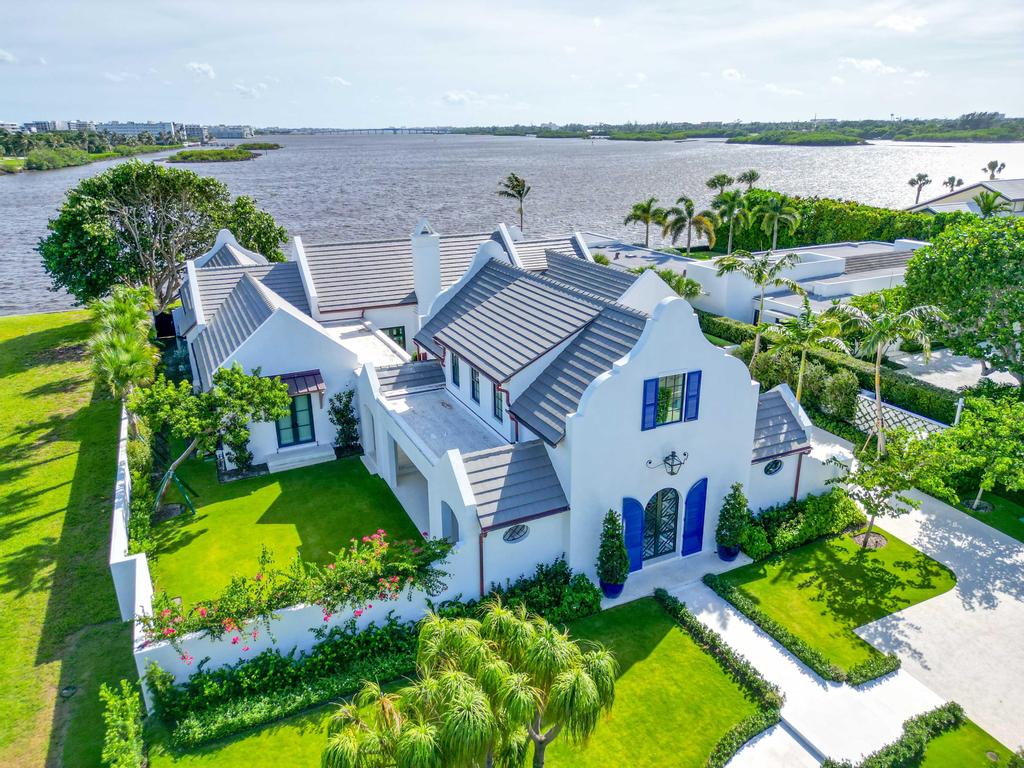
Balancing Aesthetics and Efficiency
When designing outdoor lighting, it’s easy to go overboard. But restraint often yields more elegant results. Aim for subtle, strategically placed lights that accentuate the landscape rather than overpower it. Glare should always be minimized, and the light should serve a function—whether it’s safety, ambiance, or emphasis.
Use timers or smart controls to automate lighting schedules. This not only saves energy but also ensures that the lighting system operates consistently. Motion sensors can be employed in areas that don’t need constant illumination but benefit from light when someone approaches, such as driveways or side yards.
Electrical Considerations and Professional Installation
Landscape lighting is typically powered through either line-voltage or low-voltage systems. Low-voltage lighting is the most common for residential use because it’s safer to install and more energy-efficient. However, even low-voltage systems require proper transformers, correct gauge wire, and weather-resistant connections.
If your lighting plan is extensive or includes high-demand fixtures, it’s smart to consult with a licensed electrician. Professionals like Others Electric can assess your outdoor power availability, safely install transformers and wiring, and ensure that your lighting system is code-compliant and reliable for years to come.

Incorporating Sustainable Practices
Designing landscape lighting with sustainability in mind adds value to the project. Use LED fixtures with long life spans and low wattage. Consider solar-powered lights for areas that receive ample sunlight and don’t require all-night illumination.
Minimize light pollution by using shielded fixtures and directing light downward. This preserves night skies and is especially important in residential areas where neighbors share visual space. Smart controls and dimmers also allow you to tailor the brightness and duration of light use, reducing energy waste.
Conclusion
Learning how to design landscape lighting is both an art and a science. A well-planned system enhances the property’s appearance, boosts safety, and extends the usability of outdoor areas after dark. From fixture selection to placement strategy and energy-conscious controls, every detail matters. Working with experts like Others Electric can ensure your lighting design is beautiful, efficient, and built to last. For more ideas on outdoor lighting layouts and installation best practices, visit resources like the American Lighting Association or consult with a certified electrician.


